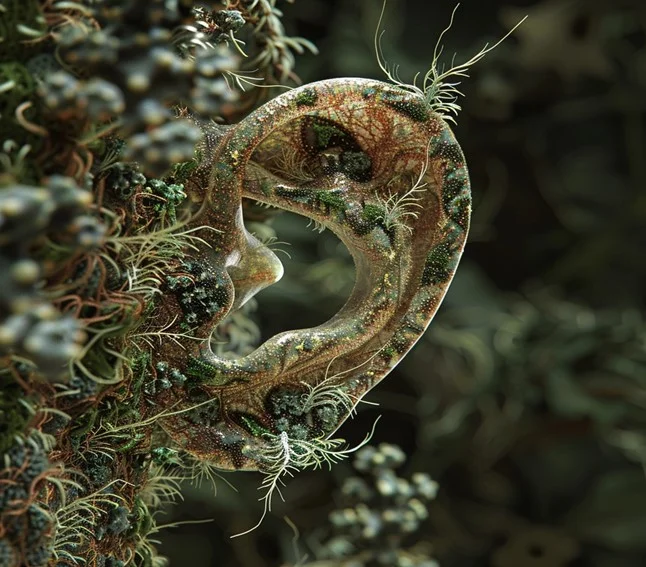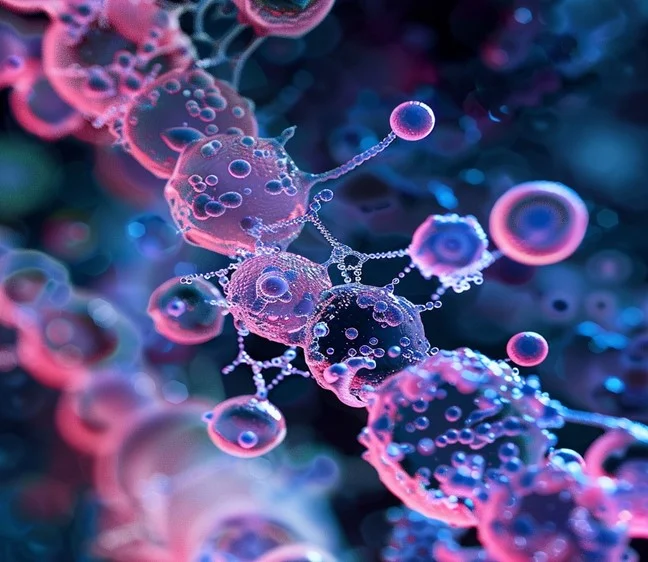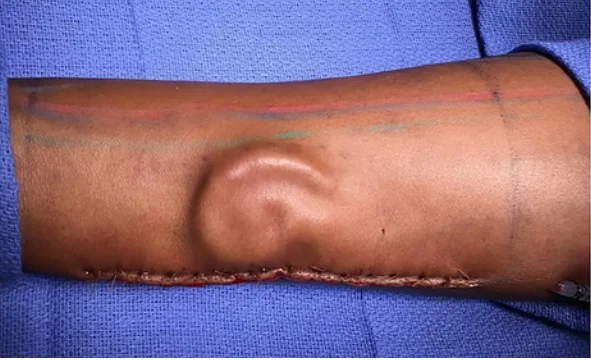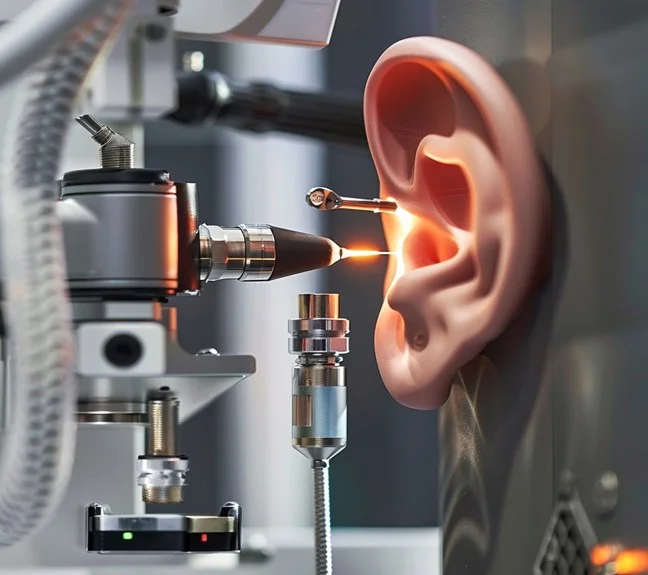Advancement in science
Today, we should not be nervous about any situation in our lives. Science gives us numerous opportunities to reduce our nervousness. On the impact of medical science, “Advancement in science leads to numerous benefits that increase the quality of life.” Some key areas include personalized medicine, immunotherapy, CRISPR, gene editing, regenerative medicine and tissue engineering, pharmaceuticals, robotics, invasive surgery, etc. All of these medical science impacts give new hope for patient lives and the challenges of our time.

Regenerative Medicine and Tissue engineering
Stem cell therapy
Stem cell therapy leads to treatments that regenerate damaged tissues and organs in the body.
3D bio printing

Bio printing technologies have advanced to facilitate the transplantation of tissues and organs, thereby addressing the shortage of donor organs.
Targeted therapies
At the molecular level, advances in disease mechanisms led to the development of targeted therapies that specifically addressed diseases’ causes.
Robotics
Robotic surgeries offer greater precision and a faster recovery for patients.

Loss of Ear (Reasons)
If the ear is lost or damaged due to many reasons such as accidents, burns, war attacks, frost bites, animal bites, severe infections such as bacteria or viruses, microbial (a congenital deformation where pinnae are absent), Anotia, cancer, surgical amputation, etc., then there is an advanced repairing technology that can help mitigate the risk of losing the ear in many cases.

Technology of Repairing Ear
A successful technology of ear repair was developed by Dr. Guo, who performed China’s first face transplant operation of an ear in an arm in 2006, and he said that he hopes to repeat the ear transplant on hundreds of other patients. This method of repair is complete in many steps.
Procedure
Harvesting cartilage
The reconstruction of the ear involves the evaluation of cartilage, usually the ribs. The doctors commonly choose the 6th, 7th, or 8th rib.
Shaping the ear
We harvest the rib cartilage and shape it into the framework of an ear. Because of rib cartilage is the most common method due to its compatibility with shaping a natural-looking ear.
Implantation on the arm
During the implant, the patient should be unconscious or pain-free. The surgeon then implants this ear framework into the patient’s arm.
Monitoring and growth
This framework stays in the forearm for a period of several weeks or months, typically around three months. During this duration, the ear framework is surrounded by tissues, providing a blood supply and forming a natural-looking ear.
Transplantation
Once the duration is complete, the surgeon carefully harvests an ear-shaped flap of tissues from the arm, transplants it to the head, and connects the flap’s blood vessels to the head’s vessels to ensure the ear has the full blood supply it needs.
Recovery
The surgeon stitches both the donor and ear sites after the implant. The surgeon must ensure good healing by managing pain, caring for the wound, and addressing any complications that may arise. Typically, the surgeon takes action once the essential healing process is complete.

Future Research and Role of Hearing
Implantation of internal parts of ear
Continuous promotion of this advancement will eventually lead to a more significant impact on hearing impairments. We will initiate the implantation of the cochlea, middle ear, and auditory pathways to enhance hearing.
Brain-Machine role
The development of brain-machines allows for the bypassing of damaged pathways and parts of the ear.
Robotic surgery and AI
Robotic surgery and AI development can lead to more accurate procedures by automatically detecting all sounds and early detection of hearing loss.
Rumana Gull: Scholar Master of Philosophy Biological Sciences
Dr. Abid Hussain Nawaz: Post Doc and Ph.D.
For your interest
A Cloning Black Breakthrough
https://scienceresearchs.com/a-cloning-black-breakthrough/
Peace: Nuclear Weapons Are Causes Violence
https://scienceresearchs.com/peace-nuclear-weapons-are-causes-violence/
Gut-Brain Interaction: The Second Brain Phenomena
https://scienceresearchs.com/gut-brain-interaction-the-second-brain-phenomena/
Environmental Management System: ISO 14001
https://scienceresearchs.com/environmental-management-system-iso-14001/



